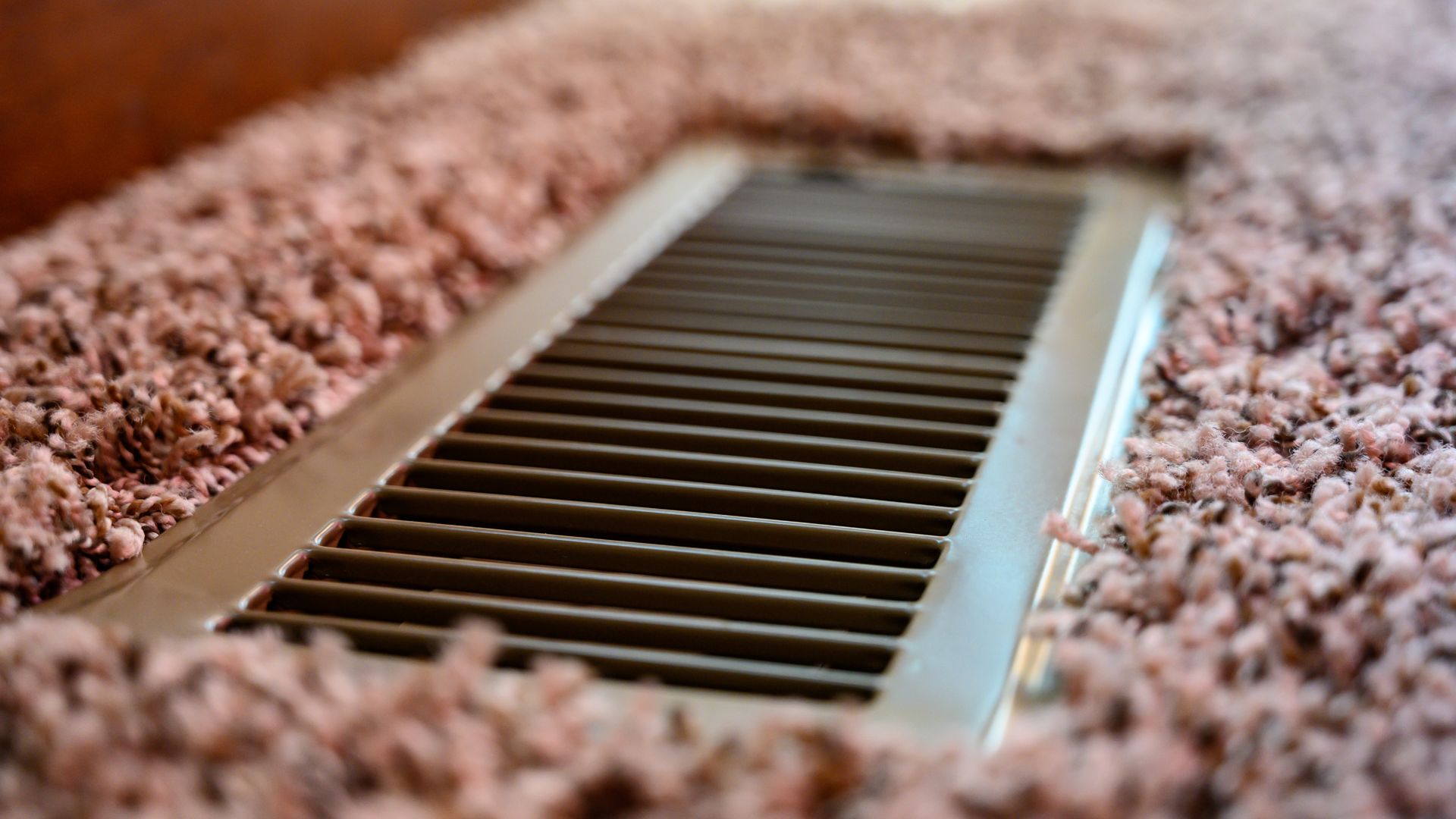How Heat Gets Around
You have a furnace that generates heat during the winter, but your home-heating journey doesn’t end there. Heat, created locally in the furnace or boiler, needs to travel throughout your home to be effective. Here are some of the ways it can do that:
Ductwork
Ductwork is one of the most common ways heat travels around homes across the country. Ducts are composed of a tubing network that helps heat migrate from your furnace through vents within your home.
Proper installation is vital for ductwork, as it will impact the efficiency of your system. Leaking ducts can waste warm or cold air, which will cause your furnace or air conditioner to work much harder than it has to — costing you more money than necessary in the long run.
Ducts are relatively easy to maintain but will need cleanings to ensure proper airflow. Any ducts that have separated or have gaps should be repaired as soon as possible to prevent further damage and heat loss.
Radiant Heating
Radiant heat relies on the transfer of energy rather than forced air. Panels are usually placed in the floor, walls, and ceilings, which transfer infrared radiation from a hot surface.
Radiant heating systems are often more efficient than forced-air and baseboard systems. Since no air is being moved, it reduces the risk of indoor allergies to arise.
Radiant systems use natural convection, or the movement of air, to heat efficiently. This natural flow allows heat to move to different areas of the home without a forced system. Heat naturally rises, so when heat originates in the floor, it moves up to the ceiling.
Hydronic systems are powered by water and can reduce the amount of electricity homeowners use.
Steam Radiator
Though one of the oldest heating methods, steam is one of the most inefficient compared with modern systems. Steam became popular because it can move through pipes without a blower or air pump.
There are two types of steam radiators: one-pipe and two-pipe. One-pipe systems use the same pipe to transfer steam to the radiator and then remove condensate from the radiator. Two-pipe systems have a line dedicated to each function.
Steam radiators require a lot of fine-tuning and maintenance. Without proper additions like a heat-reflective guard behind the radiator, valuable heat can be lost. It is also difficult to control steam as you would air, so changing temperatures throughout the day isn’t as practical.
Hot Water Radiator
Hot water radiators are another common form of heating, often reflected in baseboards or a radiator. These give more control than steam radiators and give you the option of zone control, which helps reduce your energy usage and fine-tune your heating needs.
The radiator fills with water through an entrance called a control valve and exits through the lockshield for these units. There is also a bleed valve that can remove air that may have entered the system.
The hot water inside the unit creates radiant heat that travels through the immediate area. The unit would need to be connected to a water heater that can provide the heat source.
Getting the Right System
Which distribution system is right for your home largely depends on where you live and the amount of heat you need every year. You may also want to consider the efficiency of the system you are considering, as this translates into required maintenance and potential monthly costs.
For recommendations on which system to install, or if you experience issues with your existing system, contact your local plumber.
Keeping Caldwell Warm
The professionals at Carter Comfort Systems have over 25 years of experience solving your heating problems. Contact us today to learn more about our exceptional service and superior American-made Amana products.

.1).2012171014550.png)